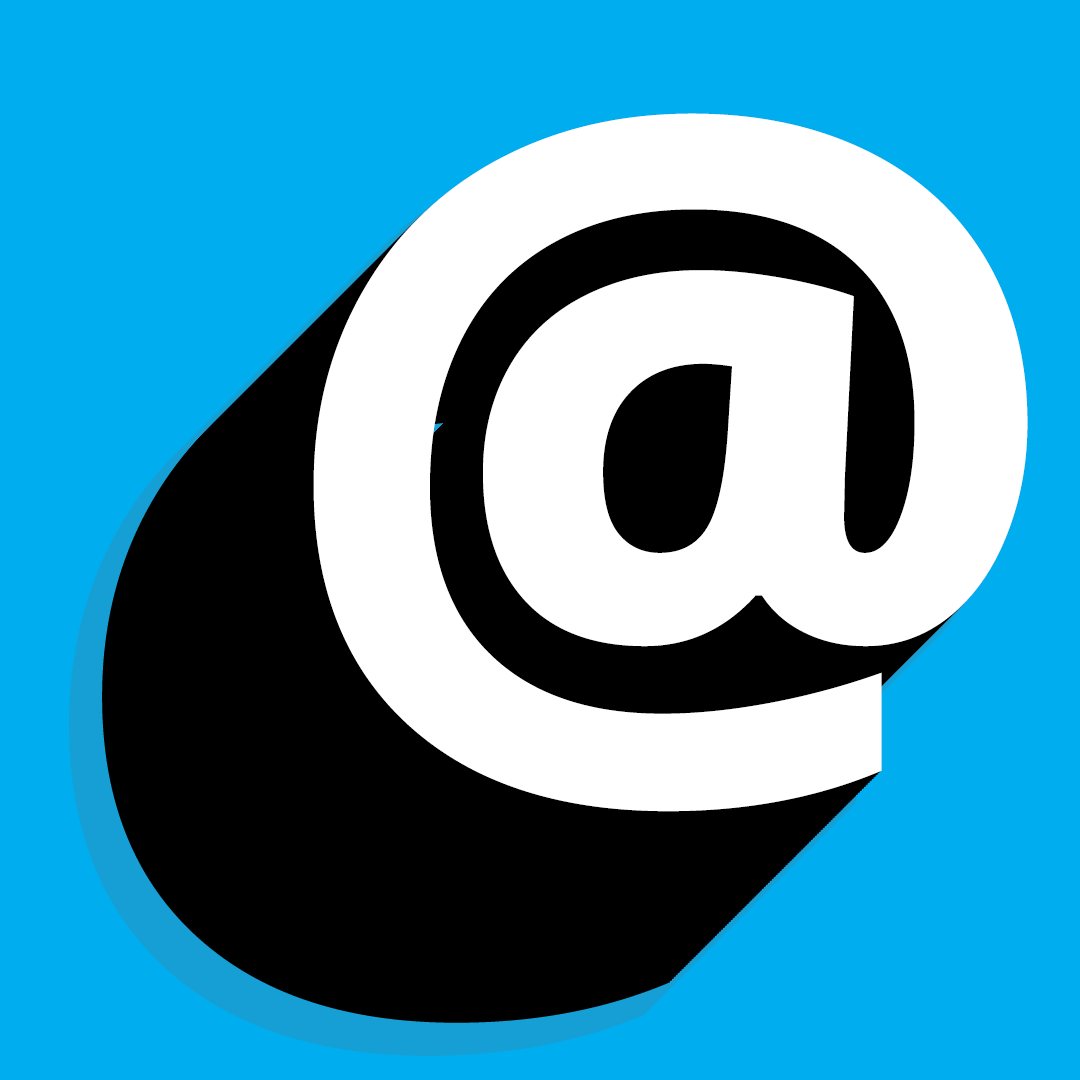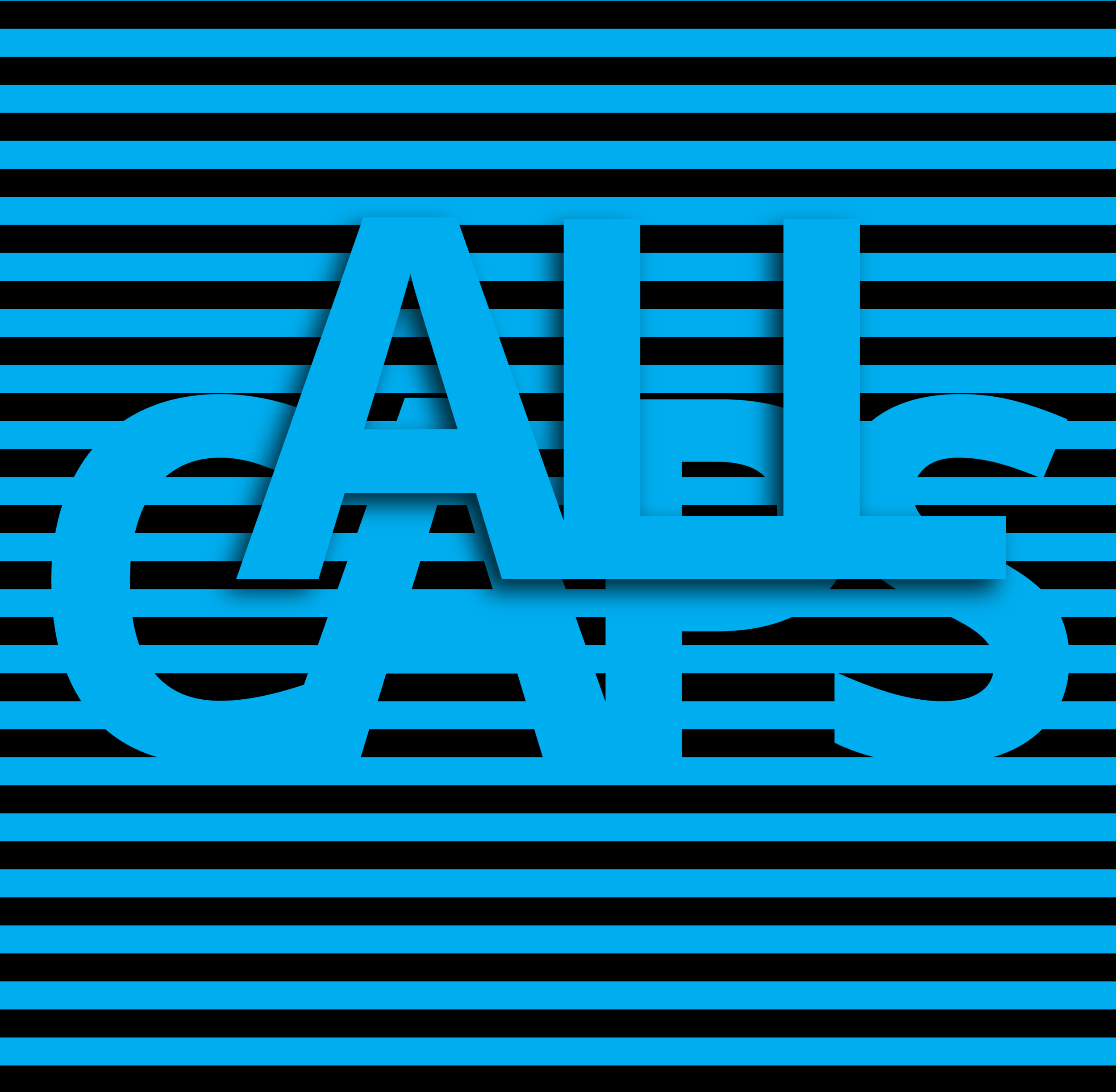En dashes and em dashes | And somehow, feminism
Who doesn’t love rules?
I’m a stickler for them. One of my favourite things to spot in a writer is their en dash and em dash knowhow. Let me be clear: it doesn’t signify a solid gold copywriter; it just means I’ve found a fellow style enthusiast.
But, as well as delighting in the proper use of these little marks, I also strongly believe that writing is fluid. That is, how we write, the “correctness” of language and punctuation and grammar, even rules of writing—all these things change over time… there is no “proper'‘ use, really.
When the majority of folks use a hyphen in place of both an en dash and an em dash—doubling them or singling them for either with no apparent system, much less choosing to open space on both sides—I have to accept that this is just becoming the new status quo.
Jk. I’m struggling to accept this.
Yes, feminism is involved. Tangentially.
But, how silly to get vexed. The em dash itself is certainly one of the newer pieces of punctuation; it didn’t come commonly into use until the 1700s, as far as we can tell. And besides, an en dash isn’t even really used in the States, according to Noreen, who hates an em dash herself.
The em dash certainly has its ardent followers and haters. Jen, on behalf of The Atlantic, is a fan and dubs her “a lover—not a fighter”. Afterall, she’s stronger than a comma, not as stuffy as a colon, and not as uptight as parentheses. I happen to agree. The biggest reason to hate on an em dash seems to be their unedited overuse.
As with anything, it’s senseless to be black and white about it—there’s always a grey area. Or, to put it better, there’s always a Goldilocks sweet spot. Too many dashes would read as unedited, chaotic thoughts without rhythm. Using none at all is almost sexism; abrupt, clipped writing is considered to be the way a real man writes. (Thanks, Hemingway.)
Whatever your opinion, mine is that having complicated and intertwining thoughts—suddenly interrupted by a new, related idea—can be beautiful. And if it’s considered womanly, well. I don’t mind being a bit of both. Because, Goldilocks.
How to use an en dash
An en dash has one single use: It is a replacement for the word through or to when suggesting a duration of time. Guess what? It’s name is because it’s the width on a capital N.
Business hours are Monday–Friday.
We take a long lunch break from 12–4pm.
Don’t use an en dash in long-form copy—blogs, articles, body copy, and so on—write out the word it is replacing.
Do use an en dash in signage and UX/UI to save on character space and for visual simplicity and clarity, for example when listing out opening times.
How to use an em dash
An em dash is a little more complicated. These two guidelines apply to em dashes, no matter how you’re using it;
Don’t use a capital letter directly after the em dash.
Close the space around the em dash; it’s easier to read and less distracting without spaces.
Expanding on a main clause
Like a colon, an em dash can expand with emphasis a main clause; this is considered to be less formal than using a colon.
My brand colours are witchy meets under-the-sea, but like, for a long long time—a kind of drowned blue-green.
Connecting two sentences
You can also connect two sentences with an em dash, just like you can with a colon or a semicolon. The following clause should explain the clause that came before it.
The shade of green and blue on this website aren’t accidental—teal, mint green, and azure were my favorite colors when I was at university.
An interruption or extra thought
Em dashes can also indicate an interruption in thought or a change in ideas.
I think I should change my colours to red tones—no, actually, I like dead barnacle seaweed blue.
Parentheses with emphasis
Like parentheses, an em dash can also separate and draw special attention to ideas.
The best thing about picking just two brand colours—besides the simplicity—is that it increases recall.











